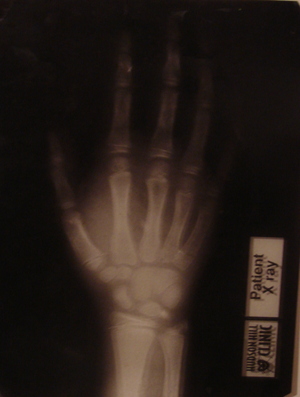When I was a kid, I used to think that sermon preparation or Bible study lesson preparation was mostly a mystical experience. I probably wouldn’t have put it that way, but it was certainly more in the realm of mystery than anything practical. Then, I began doing competition oratory and preaching (I went to a Christian school from 3rd grade through high school), and learned that sermon preparation or Bible study preparation isn’t that different from speech preparation.
Here are some guidelines for preparing your next sermon or spiritual lesson:
1. Pray
This one is perhaps obvious, but it’s worth saying before we get into the more practical stuff. The spiritual component of your sermon or lesson will be directly proportional to your heart’s relationship with God and the amount of prayer you put into your work. Make sure that you’re trying to impart a truth greater than your own pet peeve or personal opinion.
Moreover, the Bible teaches that God is the source of wisdom. If you lack wisdom, we are to ask for it. Hence, if you need wisdom and help in preparing your sermon or lesson, pray.
2. Identify your topic and theme
After some time of prayer and reflection, identify your topic and theme. If you’re going through a book of the Bible in your study or preparing an expository message, this will be determined largely by the text. Read the text thoroughly and completely, analyzing it from every possible angle. Don’t just rehash what you’ve heard elsewhere. Study it yourself – thoroughly.
If your message is more topical than expository, use your concordance or a good software program to dig up as many pertinent Bible passages as possible on the topic you’ve identified. Take some time to go through those verses and see what themes emerge.
3. Prepare an Outline
Creating an outline makes you prepared. An outline acts as the design or blueprint for your message. This will guide you in creating the introduction, body and conclusion of your sermon or study. You should have a general idea of your conclusion, after adequately going through Steps 1 and 2. After all, there needs to be a “point” to your message.
Your introduction sets the tone of your message. Find an attention-getting anecdote, observation, or statistic to introduce your message and establish the tone.
Your body should have roughly three points. These are arguments that lead toward the conclusion. That conclusion, again, reflects your point – what you want your audience to do. Word each point as a sentence. Then, develop sub-sentences under each sentence. These are arguments that support the main points of your body.
If it’s a topical message, your sentences and sub-sentences should all derive from verses of Scripture. Identify those Scriptures accordingly. If it’s a topical message, the sentences should derive from the text.
These main sentence-points or arguments should lead your audience toward the conclusion, the final point of your outline. In the conclusion, you need to remind them of your earlier points, and then urge them to action.
4. Review your Outline
Go over your outline prayerfully and carefully. Make sure it accomplishes what you feel needs to be accomplished. Again, commit it to prayer. If it’s not going in the right direction, now is the time to change it.
5. Fill in the Outline with Deeper Analysis, More Anecdotes, etc.
Now, you need to put the muscle and tissue in the body and add skin to the bones. You need to bring your outline to life. This is where you can make it real and make it personal.
If you’re doing a study as opposed to a sermon, this is where you’d insert your questions for the audience.
6. Review
After you’ve completed the above steps, prayerfully review your completed work. If you have time, preach through it or walk through the study – even if your audience is just empty chairs or the wall of your den.
7. Pray and Deliver
Say another prayer. Then stand and deliver.
The more experience you have, the more quickly you can go through these steps. The most important ingredient in all this, though, is prayer. If you’re not praying over your sermons or Bible studies, then you shouldn’t be giving them. It is, after all, the Lord’s work that you’re supposed to be doing here.




